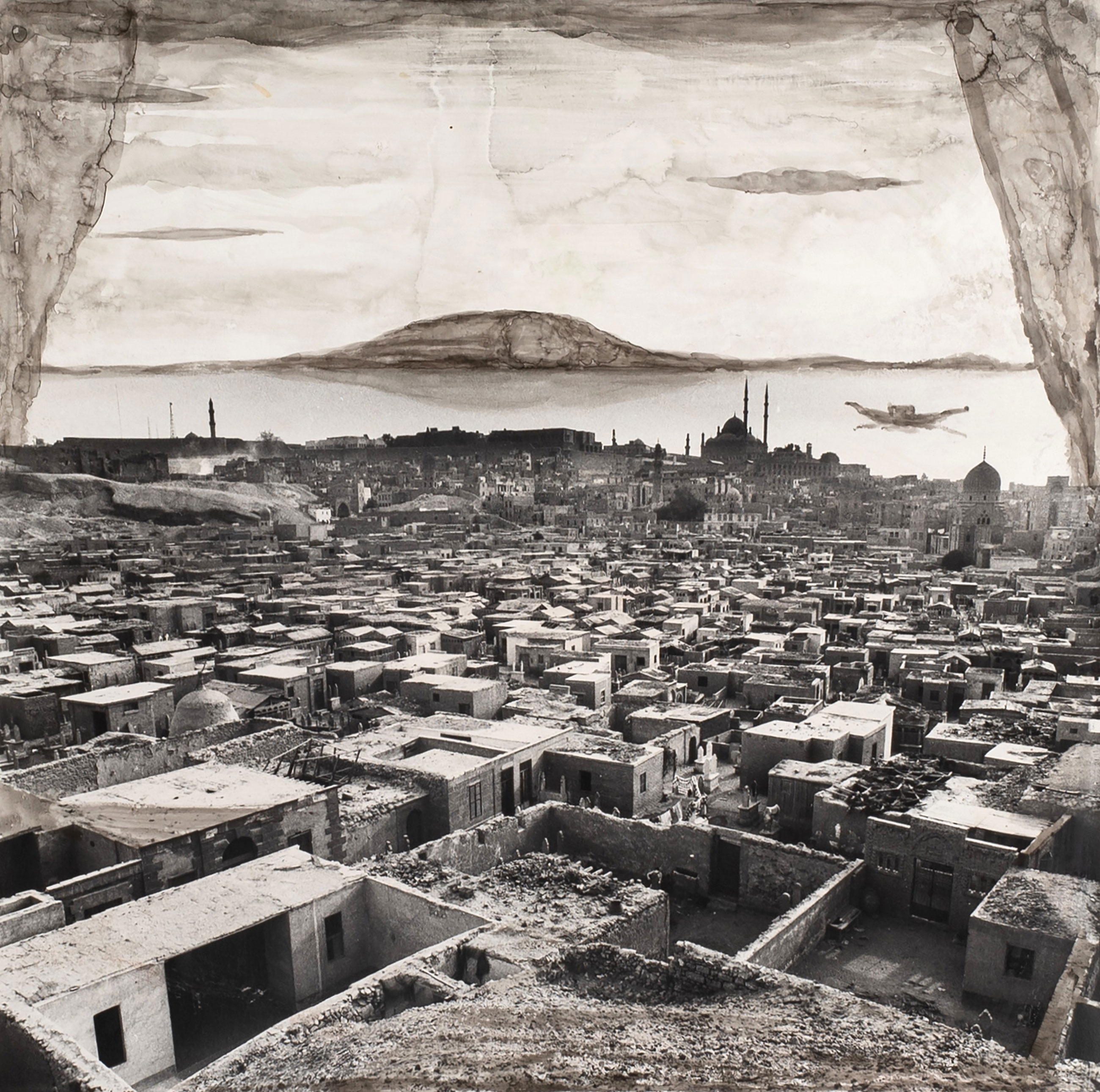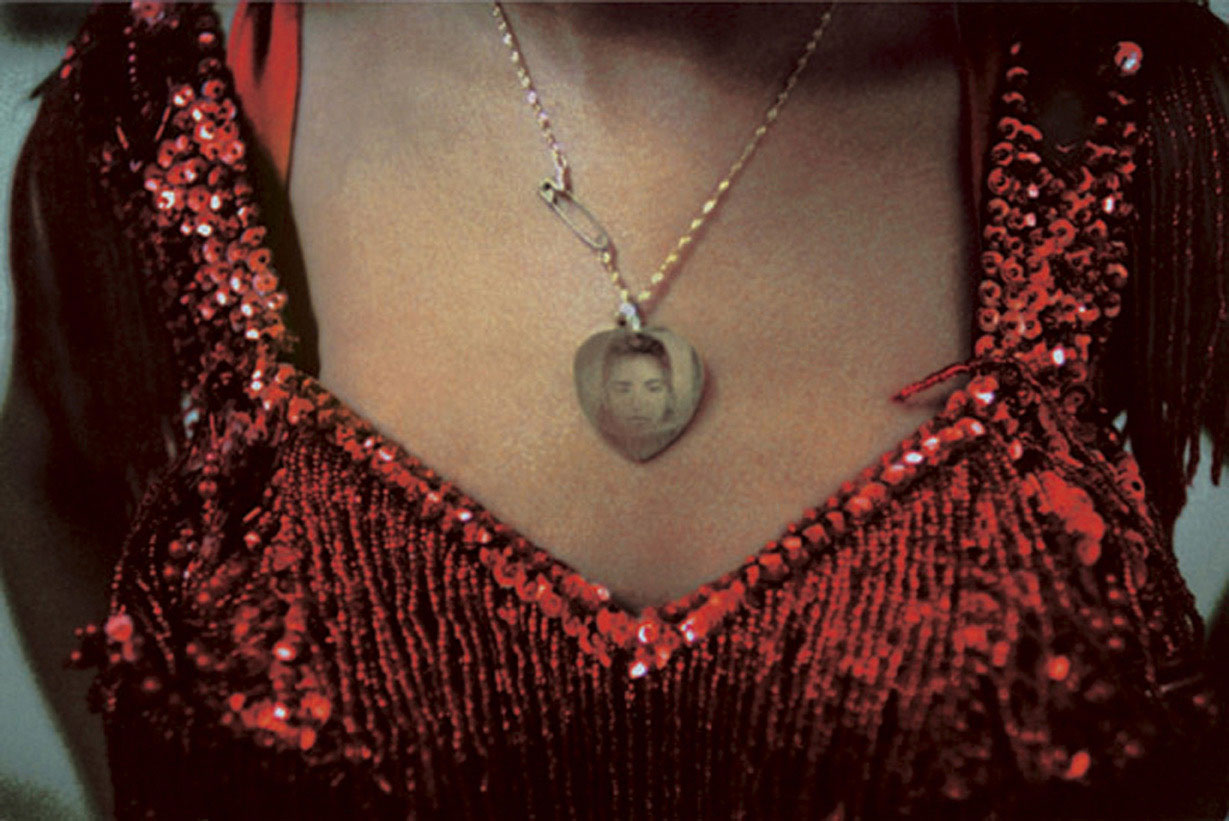Zooming in on Tintera: Cairo’s oasis for photography
Zein Khalifa and Heba Farid are co-founders of Tintera, Egypt’s first gallery dedicated solely to fine art photography. Here, they talk to Artscoops about building on the country’s longstanding popularity with photographers to promote and champion this key medium as a serious art form.

Zein Khalifa & Heba Farid, ©Freddy Eskaros
Egypt enjoys a reputation as one of the most photographed destinations in the world. Why do you think that is?
Egypt has longstanding connections with photography which date back to 1839, when the medium first emerged. In fact, some of the earliest photos on record were taken here and it has remained one of the most photographed countries ever since.
Its rich history and heritage have undoubtedly played a major part in fostering this relationship, given that there is so much for visitors to see and capture on camera, whether they come as tourists or in a professional capacity. Early photographs focused heavily on ancient monuments, such as the great temples at Thebes, Memphis and Karnak. Inevitably, these landmarks, together with the Pyramids of Giza and the Great Sphinx, continue to command attention. However, today, the scene is much broader, with contemporary artists challenging or reinterpreting these historical images.
How does Tintera fit into that landscape?
We opened Tintera in 2019 as a photographic consultancy with a gallery space. The name comes from Dendera, the ancient Egyptian town where temple reliefs show the sun’s rays illuminating the land. Despite being such a draw for photographers, Egypt has work to do to give the medium the recognition it deserves. There is no dedicated museum or institute of photography in the country, for example. With backgrounds in photography, we were keen to address some of these issues and promote photography as an important medium and a serious art form, up there with painting and sculpture.
Today Tintera is the only gallery in Egypt dedicated solely to photography as a fine art. Our projects are focused on redefining perceptions of local artistic practice, revealing diverse and innovative approaches to image-making. Since opening, we’ve placed our artists’ work in a major museum and in many prominent private collections, which feels like real progress.

Bernard Guillot, Cemetries Sud, Cité des Morts, 1977-2017, silver gelatin print, Paper 23.8x17.6cm, Image 16.4x16.1cm, Courtesy of TINTERA
Who are the photographers and artists you work with?
We currently work with over 23 photographers and artists from Egypt and elsewhere, from established names to others who are just starting out. What unites them all is their commitment to photography as an art and Egypt as their source of inspiration.
We meet artists with bodies of work that have rarely been seen locally, which is exactly what we want to change. The photographers we work with vary greatly in their practice, from some who convey highly romanticised visions of Egypt to others with contemporary interpretations and everything in between. We’re keen to showcase and share these differing viewpoints.
Why do you think photography struggles for recognition as a serious art form?
Photography has generated plenty of discussion in the art world, from its collectability to whether it holds its value, and we’ve seen its popularity fluctuate over the years.
Interestingly, though, while abroad, we were both aware that images played a key part in helping us stay attached to Egypt. Photography has a unique authenticity about it, conveying its subject in a way that feels immediate and tangible. There’s something very special about holding pictures of Egypt in your hand when you’re far from home. The connection with the artist is very real and personal somehow; you know that this particular photograph represents a specific, captured moment in time.

Bernard Guillot, Cité des Morts + vielle ville, 1977-2017, painted silver gelatin print, Paper 40.2x30.2cm, Image 27.2x27.3cm, courtesy of TINTERA
You describe Tintera as an ‘oasis for photography’. Can you expand on that description?
When we decided to open Tintera, we already knew that having a good-sized physical space was essential. We wanted it to be somewhere inviting and inspiring, where photography would be shown with precision and given the consideration it deserves.
Today, we’re really proud of what Tintera offers both artists and visitors. Alongside three exhibition rooms, we have dedicated areas for portfolio viewing and reference, where people can sit down and look at actual prints from open boxes, not just images on a wall. Interestingly, this was a practice that used to be common in galleries some time ago, but has become rarer over the years. We were keen to bring this tradition back and encourage visitors to take their time viewing work and asking questions. We like to think of Tintera as a space for discovery, where visitors can truly engage with the work.
How do photographic works fit into art collections today?
In terms of people collecting, we’re encouraging audiences to engage with photography, and we’re delighted to say that they are definitely understanding it! We’re seeing collectors hanging photographic works alongside paintings in homes and other spaces, and higher numbers of exhibitions and fairs dedicated to the medium.
Helping collectors to understand key aspects has been important - for example, that contemporary photographers mostly work in limited editions, committing to produce only a limited number of prints. This helps to prevent the work from depreciating in value.
Building a rapport with the younger generation of emerging collectors has been a key focus for us. We know that they really get the medium and appreciate the work.

©Lara Baladi_Fever, Mali, 2003, edition 1 of 6 + 2 AP, archival pigment print
What’s showing at Tintera right now?
We’re delighted to have just opened a landmark solo show by the Lebanese-Egyptian multimedia artist Lara Baladi, titled ‘Cosmovision’. This major exhibition features over 100 of Baladi’s works, spanning more than a decade of her practice (1996 to 2011), including many never-before-seen images. It also marks the artist’s first solo exhibition in Cairo since she returned here from the US.
‘Cosmovision’ is framed by two monumental collages, ‘Oum el Dounia’ (2000) and ‘Sandouk el Dounia’ (2001). Acting as bookends to a visual journey, these richly symbolic landscapes traverse both creation and apocalypse. Baladi’s approach transforms the ordinary into the extraordinary, distilling profound narratives from fleeting moments, enriched by her signature saturation of colour and aesthetic vocabulary. The exhibition features works created across her extensive travels, as far afield as Gaza, Japan, Mali and England. ‘Cosmovision’ is deeply personal, reflecting Baladi’s ongoing exploration of image-making across multiple mediums and inviting connections in a broadly layered reading for audiences. The exhibition runs until January 11, 2026.

©Lara Baladi_Gaza Night, Gaza, 2002, from the series The Banquet, Larabesque Aroussa Baladi, edition 6 of 15 + 2 AP, archival pigment print 64x84cm
You have also taken part in key first-time international projects in 2025. Can you tell us about them?
Excitingly, 2025 has brought several significant firsts for us internationally. We’re making our debut at Paris Photo from November 13-16 as one of only six galleries in the Voices sector, curated by Devika Singh. We'll be showing photographs by the French artist Bernard Guillot (1950-2021) from his series ‘The City of the Dead/La Cité des Morts’, including some images for the first time. Guillot lived in Cairo and spent over 40 years photographing the City of the Dead, a necropolis in Old Cairo where thousands of families live amongst the tombs and mausoleums. He was a master with light, shadow and the ephemeral, often employing long exposures and painted photographs to create works that blur the line between reality and dreams.
We also took part in 1-54 London at Somerset House from October 16-19, bringing together works by two of our represented artists, Ibrahim Ahmed and Hashim Nasr. This thought-provoking presentation focused on themes of identity, gender, war and exile through photographic tableaux and unique photocollages.
We’re delighted that Ahmed’s work is now the subject of a solo show at the Walker Street Gallery and Arts Centre in Dandenong, Victoria, titled ‘Amidst the Absence, A Present is Felt’. Marking his Australian premiere and running until January 16, 2026, the exhibition invites audiences into a conversation about identity, erasure and resilience.
Another exciting project with a ‘Tintera’ connection is an exhibition at Venice’s Fortuny Museum spotlighting the 19th century photographer Antonio Beato. Titled ‘Ritorno a Venezia (Return to Venice)’, the show explores his pioneering documentation of Egypt alongside, alongside contemporary photographs of Egypt by Anthony Hamboussi, Paul Geday, Bryony Dunne and Denis Dailleux, all of whom are Tintera artists. Taking place until January 12, 2026, this fascinating exhibition is another reminder of the longstanding, deep-rooted fascination Egypt holds for photographers and the diverse ways they approach it as subject matter.